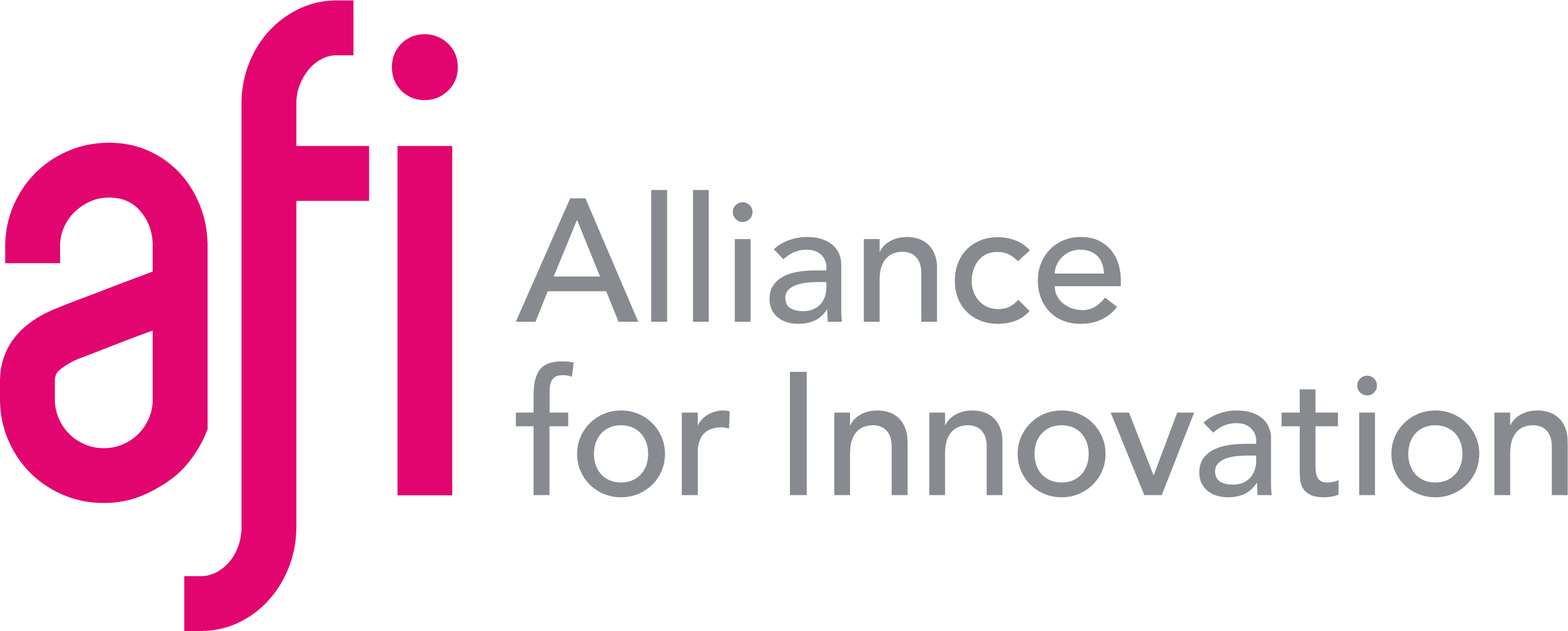Environmental issues are priorities for more local governments due to increasing interest by the public. This leaves municipalities looking for opportunities to properly measure and assess sustainable initiatives through Key Performance Indicators (KPIs). To establish best practices within this area, it is crucial to identify objectives, configure appropriate measurement targets, and align with sustainable principles.
To create environmentally-focused KPIs, local governments must first identify objectives. This establishes a platform for environmentally focused policy. Some focus areas might be on waste, water, energy, or resource consumption. KPIs would be centered around quantity and ensuring that these figures are minimal. In addition to this, municipalities can also work toward improving land restoration, biodiversity maintenance, open grounds, and other ecological advancements (Aggnet). Identifying KPIs allows local governments to evaluate what environmental issues are directly affecting their communities now and for generations to come.
Experts suggest the second step after creating KPIs is to create SMART goals and tailor these targets to environmental practices to effectively rank KPIs. SMART stands for Specific, Measurable, Achievable, Relevant, and Time-based targets (Aggnet). Setting SMART goals for environmental practices allows local governments to align and compare themselves with neighboring communities.
Some organizations follow the lead of key environmental organizations. For example, the International Standard Organization (ISO) and the Environmental Performance Evaluation (EPE) share collective values on creating environmental KPIs. One KPI measurement that ISO highlighted is the environmental condition indication (ECI). This performance tool is specific to the geographical areas and incorporates specific areas for improvement. The EPE has a stronger emphasis on budgeting, environmental damages, and complaints from the citizenry (NQA). Overall, each community will have individually based needs and will assess how to properly address pressing issues.
Finally, centering KPIs on sustainably focused principles can assist with outlining targets. The US ASEAN Smart Cities share that utilizing comprehensive, comparable, available, independent, simple, and transparent indicators can credibly measure environmental initiatives. Also, they advise that cities reimagine ways to be more sustainable to improve the quality of life. Another component to developing “smarter cities” is the need to collaborate with the local activist, experts, and residents to address what principles are most significant to the community as a whole (USASCP). This engagement can further the conversation and direct in the right direction to a more unified stance on environmental practices.
To build environmental KPIs, communities must assess community needs and find measurable targets to address them. It is also important to note that forming these objectives is a continuous process. The call for more environmentally focused communities will be an ongoing fight and will likely keep advancing over time as more citizens ask local government to address such issues. Local governments must plan to transform with the growing need and directly identify their role and responsibility in environmental efforts.



